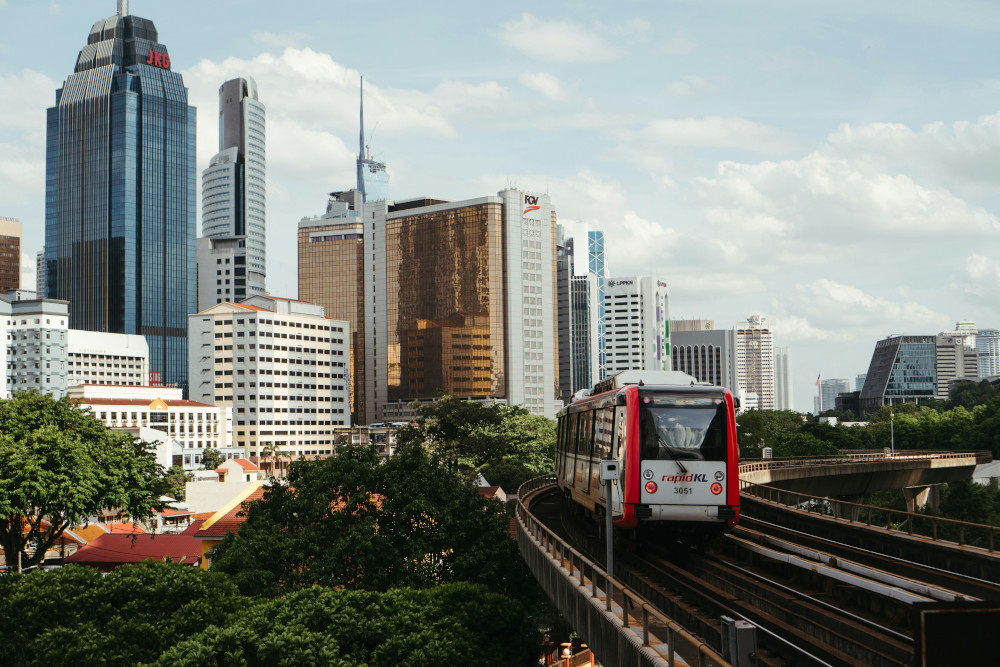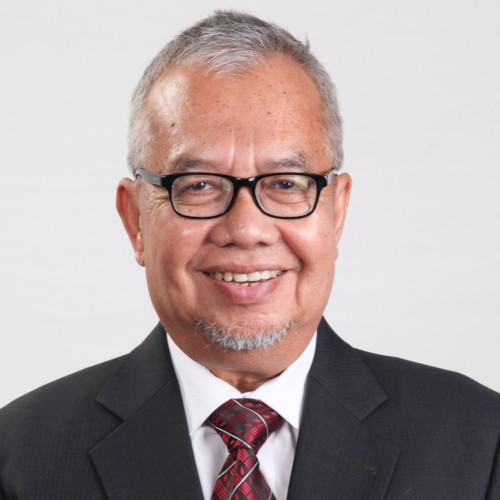By Professor Dato Dr Ahmad Ibrahim
Cities are the world’s economic engines. Also its biggest polluters. Globally, urban areas account for more than 70% of the greenhouse gas (GHG) emissions. The rural-urban migration remains high. No sign of the phenomenon slowing. In Malaysia, our cities, from Kuala Lumpur to Johor Bahru and Penang, are rapidly growing in both size and carbon footprint. Managing this growth sustainably is one of the defining challenges of our time. Recognising this, Malaysia launched the Smart City Framework in 2019. It was an ambitious blueprint outlining how technology, sustainability, and inclusive design could transform urban living and help address the climate crisis. Yet five years on, progress has been sluggish. Pilot projects appear sporadically, and the national momentum has remained lethargic.

The question is, why has execution stalled, and what must we do to unlock real, meaningful progress? One of the biggest hurdles is fragmented urban governance. Malaysia’s cities are administered by local councils with limited financial autonomy and bureaucratic flexibility. While the Smart City Framework set out clear objectives, it lacked a central, empowered agency to drive, coordinate, and monitor implementation across federal, state, and local governments. As a result, initiatives have been fragmented, driven by isolated ministries, agencies, or technology vendors, often without integration into broader urban planning strategies. Without a strong coordinating body and clear accountability, smart city plans remain stuck in silos.
Another major roadblock is financing. Many local councils do not have the fiscal capacity to invest in smart infrastructure such as intelligent traffic systems, digital waste management, or green buildings. In the absence of a dedicated national financing model, much of the smart city activity has been vendor-led pilot projects, driven by commercial rather than public-interest priorities. Without long-term, sustainable financing mechanisms, smart city efforts risk becoming disjointed, short-lived showcases rather than systemic urban solutions.
Too often, Malaysia’s smart city conversations are dominated by technology for technology’s sake, 5G networks, data dashboards, and AI applications, without first asking what problems citizens actually need solved. The danger is building cities filled with sensors and WiFi hotspots, while everyday challenges like unreliable public transport, urban flooding, housing affordability, and uneven digital access persist. Technology should serve people, not the other way around. A truly smart city must start by identifying and addressing the real, lived problems of its residents. Perhaps the most troubling gap is the lack of environmental urgency. While smart cities globally are increasingly used as platforms for urban decarbonisation — through clean energy grids, low-carbon transport, and sustainable waste systems — many of Malaysia’s smart city initiatives prioritise commercial and prestige projects over climate outcomes. If we are serious about meeting our climate pledges under the Paris Agreement and achieving Net Zero ambitions, smart cities cannot be an optional, cosmetic add-on. They must become central to the nation’s low-carbon development strategy.
If Malaysia is to unlock its smart city ambitions, it needs a shift in both mindset and execution strategy. Establish a National Smart City Delivery Unit. A dedicated, empowered national taskforce — reporting to the Prime Minister’s Department or Ministry of Economy — should oversee smart city implementation, break silos between ministries, and ensure alignment with climate goals and urban development plans. Introduce a smart city financing framework. Malaysia needs a sustainable financing model, combining public funding, green bonds, and private investment, prioritising projects that deliver measurable social and environmental benefits. Local councils should be given access to financing tools and capacity building to develop and manage smart initiatives. Focus on people-centric, problem-driven innovation. Shift the narrative from a technology showcase to problem-solving for citizens. Start with improving public transport, flood management, digital public services, and affordable, energy-efficient housing. Technology should be a means to those ends, not the goal itself.
Make urban decarbonisation a non-negotiable priority. Every smart city initiative must actively contribute to Malaysia’s carbon reduction targets. This includes integrating renewable energy, enforcing green building codes, upgrading public transport, and adopting circular economy practices within cities. Build regional demonstrator cities not scattered pilots. Instead of isolated projects, Malaysia should focus on developing a few regional smart city demonstrators — such as Greater Klang Valley, Iskandar Malaysia, or Kuching — integrating smart infrastructure, digital governance, and climate strategies in a concentrated, visible way to serve as models for nationwide replication.
Malaysia doesn’t lack plans. It lacks execution urgency, leadership clarity, and financing innovation. In a rapidly urbanising, climate-vulnerable world, lethargy is a luxury we can no longer afford. Smart cities are not about shiny apps or WiFi in parks. They’re about creating cities that are liveable, sustainable, and inclusive for all. The sooner Malaysia makes this pivot, the closer we’ll be to turning our urban future into one we can be proud of.

The author is affiliated with the Tan Sri Omar Centre for STI Policy Studies at UCSI University and is an associate fellow at the Ungku Aziz Centre for Development Studies, Universiti Malaya.
